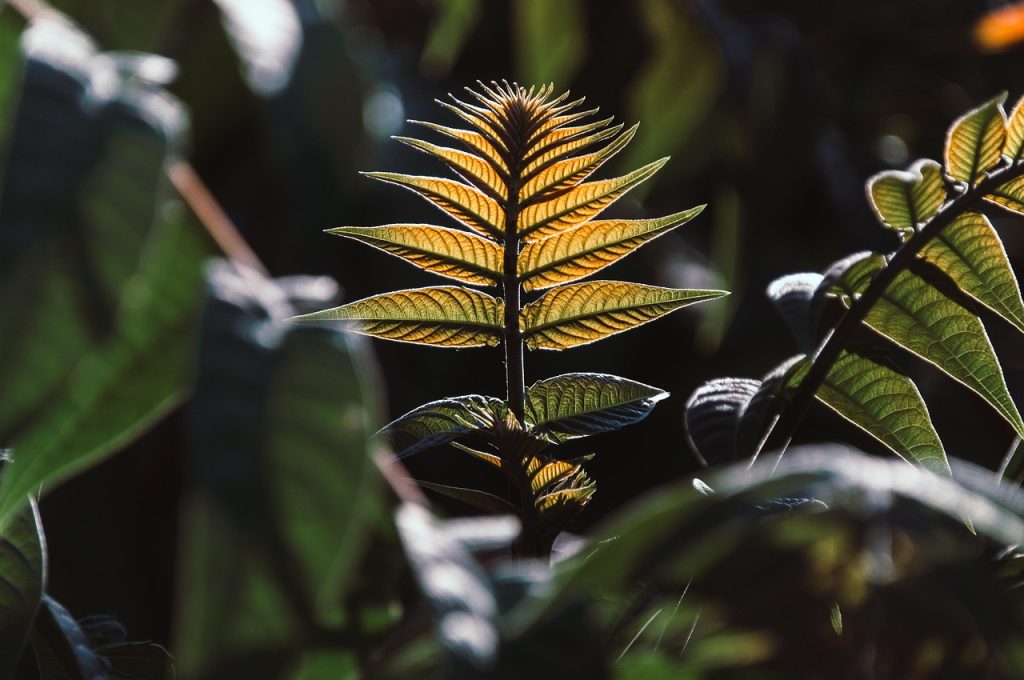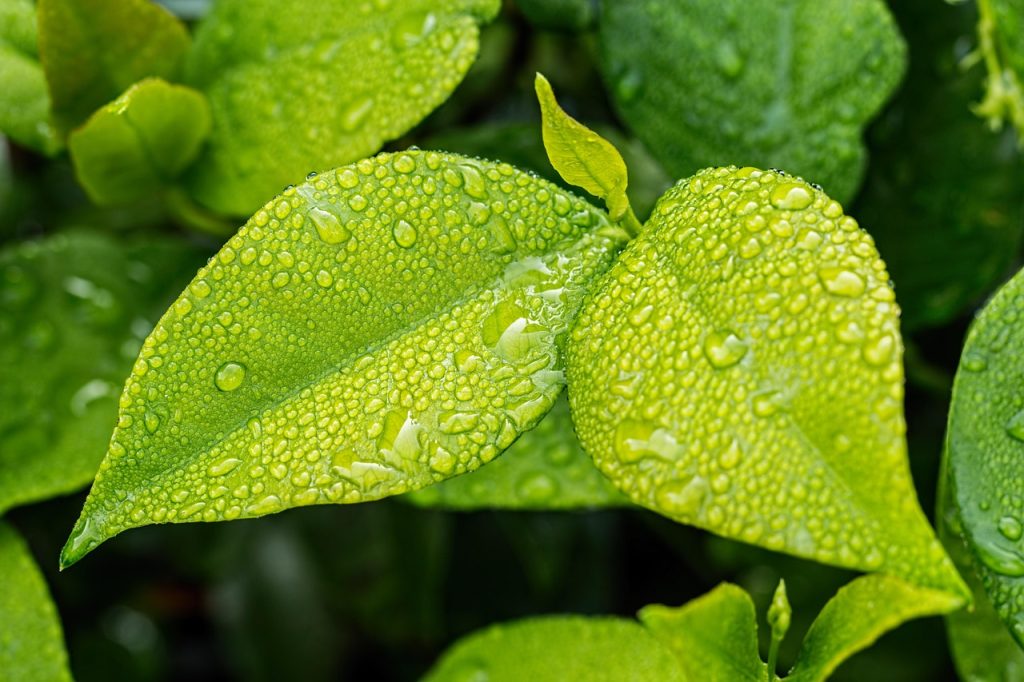Plants are the backbone of our ecosystem, providing oxygen, food, and beauty to our world. For gardeners, both novice and experienced, understanding the different types of plants is essential for successful cultivation and care. From vibrant flowering plants to resilient succulents, each type has unique characteristics and requirements. This guide will explore various plant categories, offering insights into their care and how they can enhance your garden or home.

Annuals vs. Perennials: Understanding Lifecycle Differences
One of the fundamental distinctions in plant types is between annuals and perennials. Understanding these categories can greatly influence how you plan and maintain your garden.
Annual Plants: A Burst of Seasonal Color
Annual plants complete their lifecycle within a single growing season. They sprout, bloom, and die within the year, making them ideal for gardeners who enjoy changing up their garden’s look annually. Popular annuals include marigolds, petunias, and zinnias.
- Care Tips: Annuals require regular watering and fertilization to maintain their vibrant blooms throughout the season.
- Benefits: These plants are perfect for adding temporary splashes of color.
Perennial Plants: The Gift That Keeps on Giving
Perennials live for more than two years, returning each spring. They are a staple in gardens for their reliability and low maintenance. Examples include hostas, daylilies, and peonies.
- Care Tips: While generally hardy, perennials benefit from seasonal pruning and mulching to protect against harsh weather.
- Benefits: They establish long-term garden structures and require less replanting.
Flowering Plants: Bringing Beauty and Biodiversity
Flowering plants, or angiosperms, are prized for their aesthetic appeal and ecological benefits. They attract pollinators such as bees and butterflies, promoting biodiversity.
Choosing the Right Flowering Plants for Your Garden
When selecting flowering plants, consider factors such as climate, sunlight, and soil type. Some popular choices include roses, tulips, and daisies.
- Care Tips: Ensure adequate sunlight and well-drained soil to prevent root rot and promote healthy blooms.
- Companion Planting: Combine different flowering plants to create dynamic color palettes and support pollinator health.
Succulents and Cacti: Hardy Green Companions
Succulents and cacti are known for their drought resistance and unique shapes. They are ideal for both indoor and outdoor spaces, especially in arid regions.
Understanding Succulents and Their Care
Succulents store water in their leaves, making them resilient to dry conditions. Popular varieties include aloe vera, echeveria, and jade plants.
- Care Tips: These plants thrive in well-draining soil and require infrequent watering, especially in cooler climates.
- Styling Tips: Use succulents in rock gardens or as indoor centerpieces to add texture and interest.
Cacti: The Ultimate Survivors
Cacti are a subgroup of succulents with specialized adaptations for survival in extreme conditions. Species like the saguaro and prickly pear are iconic for their spiny exteriors.
- Care Tips: Provide plenty of sunlight and minimal water. Cacti are susceptible to overwatering, which can lead to root rot.
- Decorative Use: Cacti are perfect for minimalist and modern designs, offering a striking silhouette.

Ferns and Mosses: The Lush Greenery
Ferns and mosses are non-flowering plants that thrive in shaded, moist environments. They add a lush, green texture to gardens and indoor spaces.
Fern Varieties and Their Role in Gardens
Ferns are ancient plants with frond-like leaves that thrive in low-light conditions. Types include the Boston fern and maidenhair fern.
- Care Tips: Keep the soil consistently moist and provide high humidity to mimic their natural habitat.
- Design Integration: Use ferns in woodland gardens or as indoor air purifiers.
Mosses: Nature’s Carpet
Mosses are simple, non-vascular plants that form dense mats. They are often used in Japanese gardens and terrariums.
- Care Tips: Mosses thrive in shady, moist conditions. Regular misting can help maintain their lush appearance.
- Decorative Use: Incorporate moss into rock gardens or as a ground cover for a serene and natural look.
Herbs: Culinary and Medicinal Wonders
Herbs are versatile plants used for culinary, medicinal, and aromatic purposes. They are easy to grow and can be cultivated both indoors and outdoors.
Popular Culinary Herbs and Their Uses
Culinary herbs such as basil, rosemary, and thyme are essential for enhancing the flavor of dishes. They are also easy to grow in kitchen gardens.
- Care Tips: Most herbs prefer full sun and well-drained soil. Regular harvesting encourages healthy growth.
- Culinary Integration: Use fresh herbs to elevate your cooking and add a fragrant touch to meals.
Medicinal Herbs: Nature’s Pharmacy
Medicinal herbs like chamomile, lavender, and mint have been used for centuries to treat various ailments.
- Care Tips: Similar to culinary herbs, medicinal varieties thrive in sunny, well-drained environments.
- Health Benefits: Incorporate these herbs into teas, salves, or aromatherapy for natural health remedies.
FAQs on Plant Types
What are the best indoor plants for low light?
Plants like snake plants, pothos, and ZZ plants are excellent choices for low-light indoor environments. They are hardy and require minimal care.
How often should I water my succulents?
Succulents generally need watering every 1-2 weeks, depending on the climate and time of year. It’s essential to let the soil dry out completely between waterings to prevent root rot.
Can I grow herbs indoors year-round?
Yes, many herbs can be grown indoors year-round if they receive adequate light, either from a sunny windowsill or grow lights.
Conclusion: Cultivating a Diverse and Thriving Plant Collection
Understanding the different types of plants and their specific needs is crucial for cultivating a thriving garden or indoor plant collection. By choosing plants that suit your environment and lifestyle, you can enjoy the beauty and benefits they offer. Whether you’re drawn to the seasonal charm of annuals or the steadfast presence of perennials, there’s a plant type for every gardener. Embrace the diversity of the plant world and create a green space that reflects your unique taste and commitment to nurturing life.